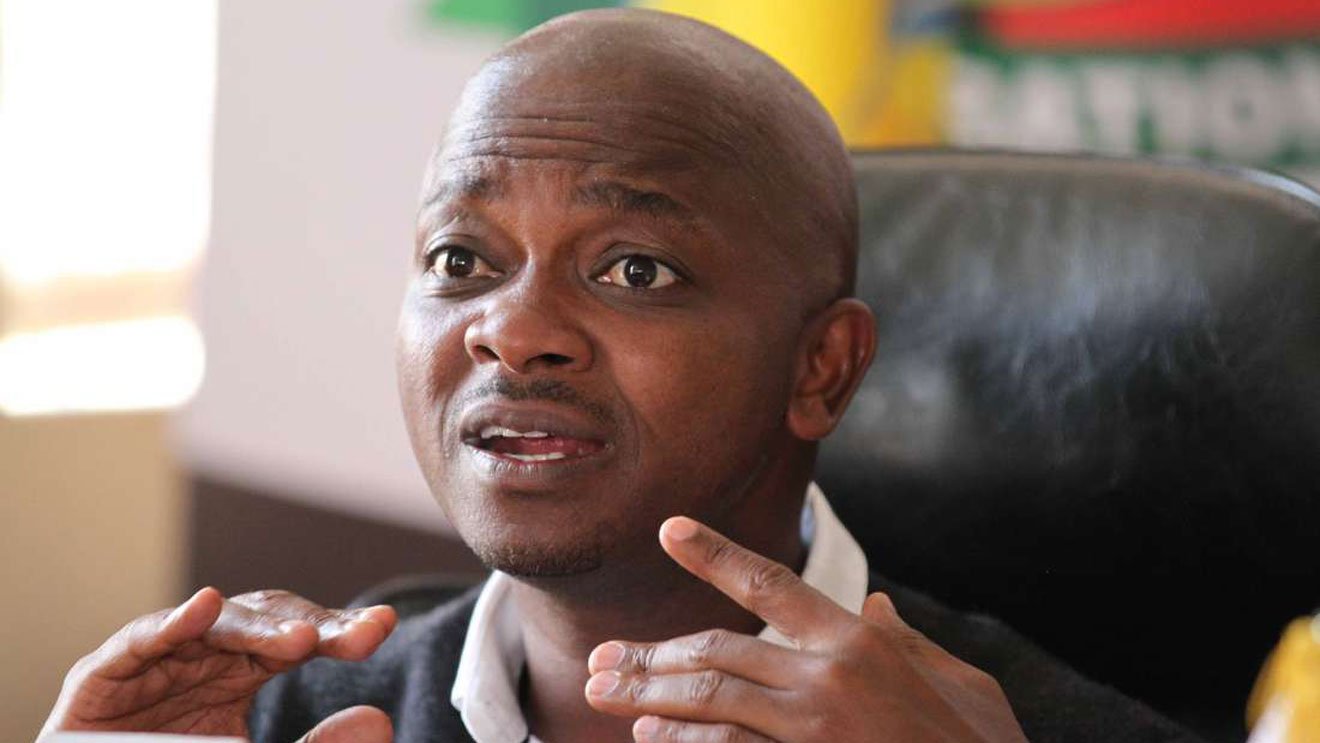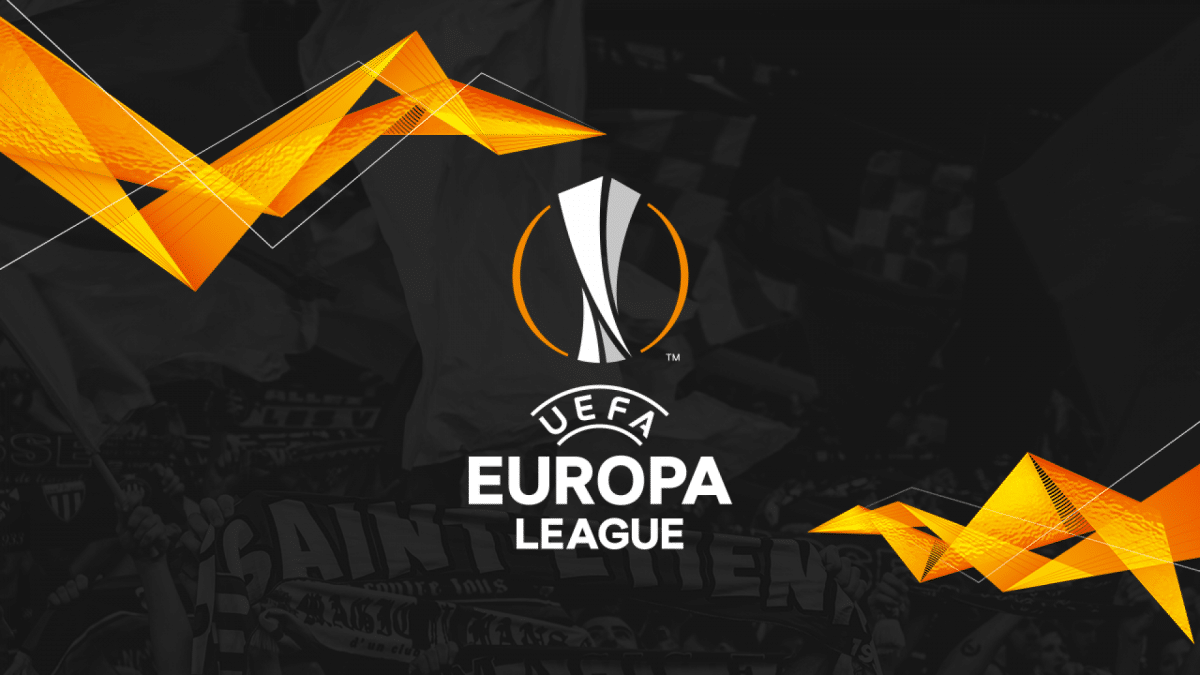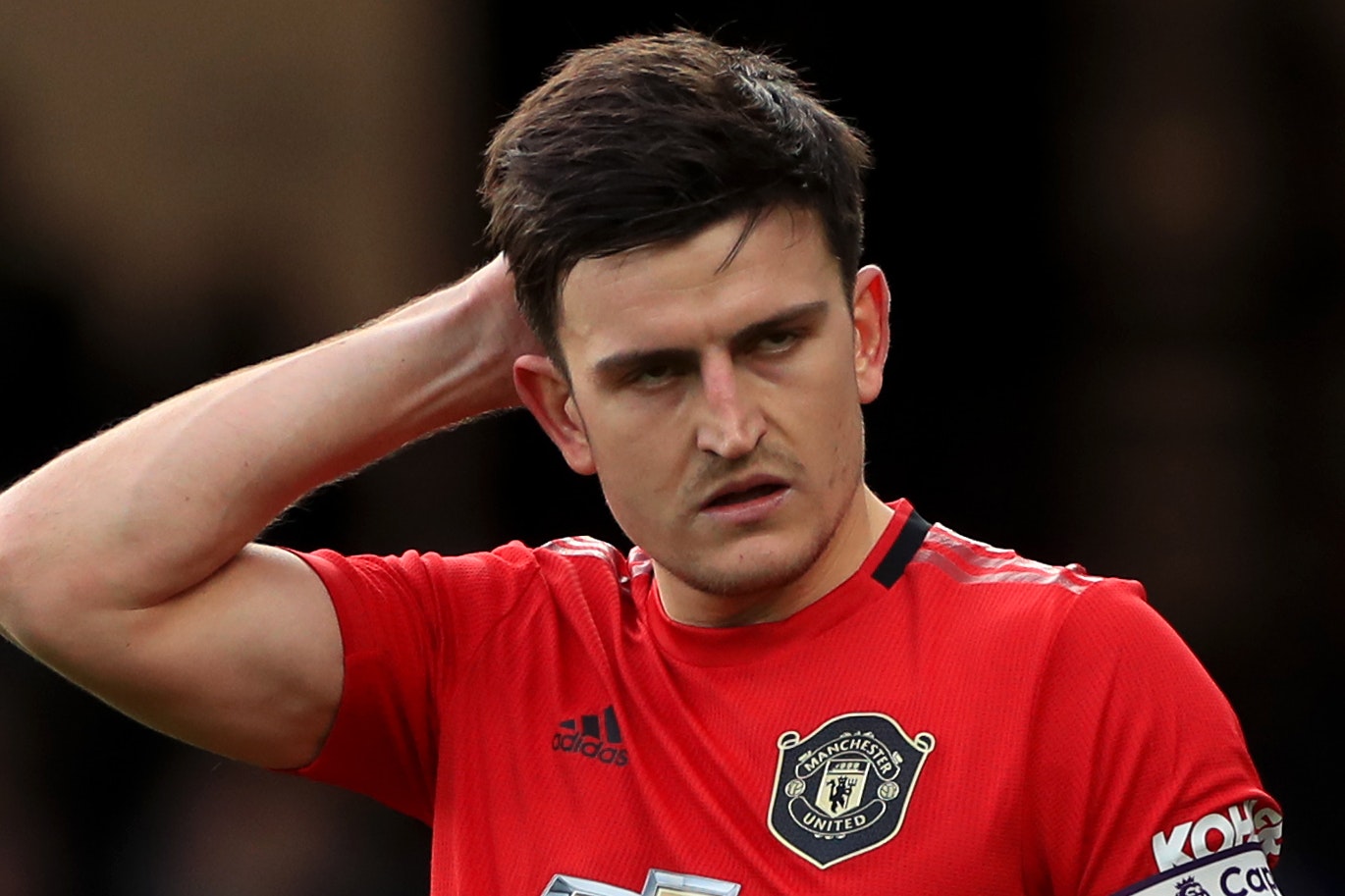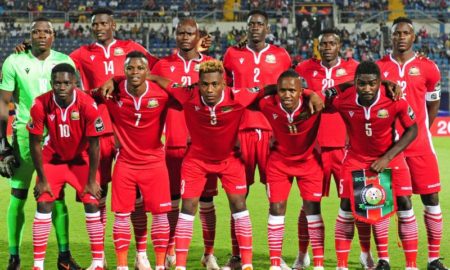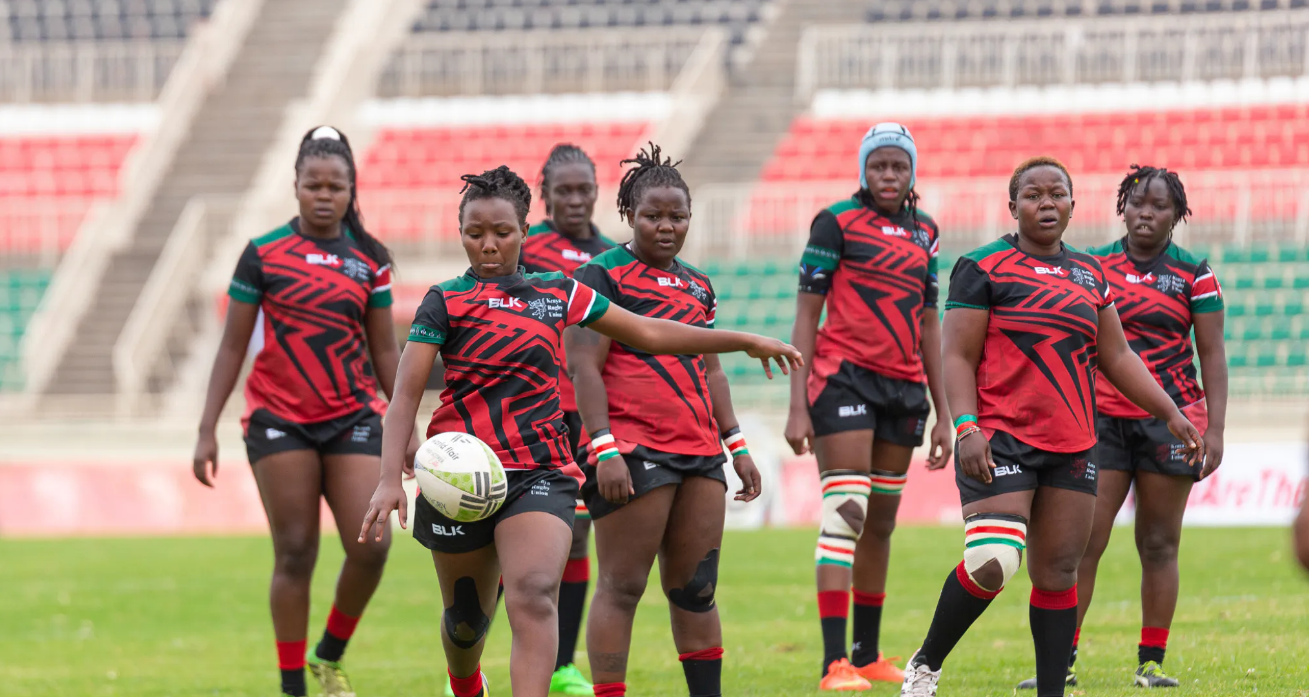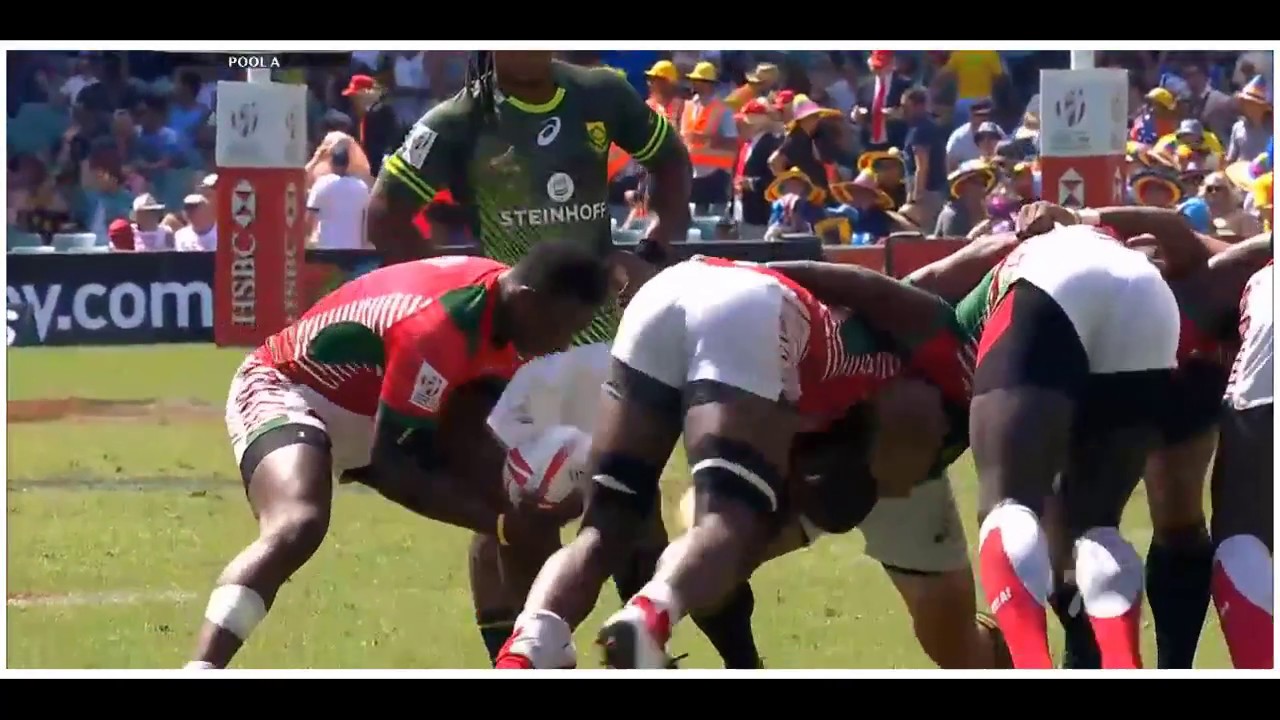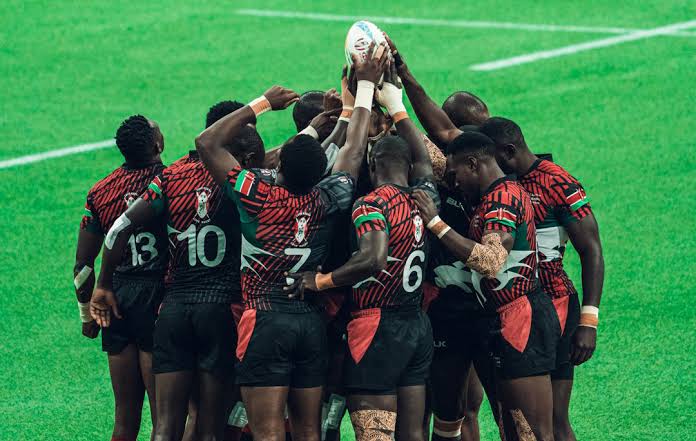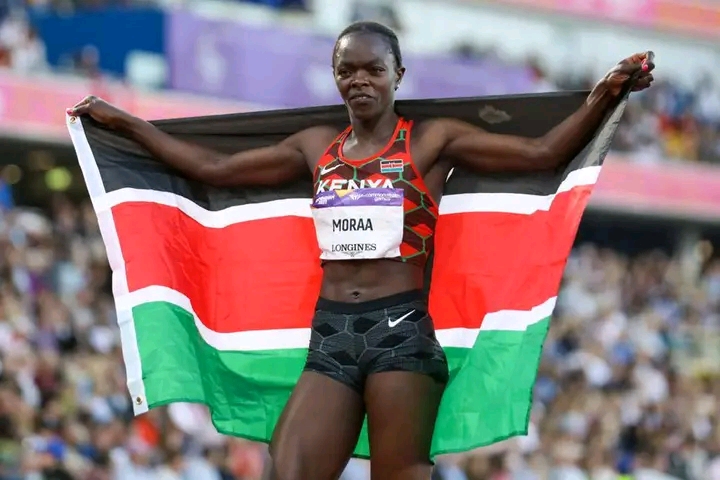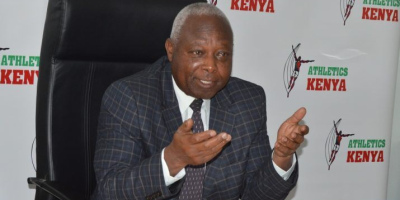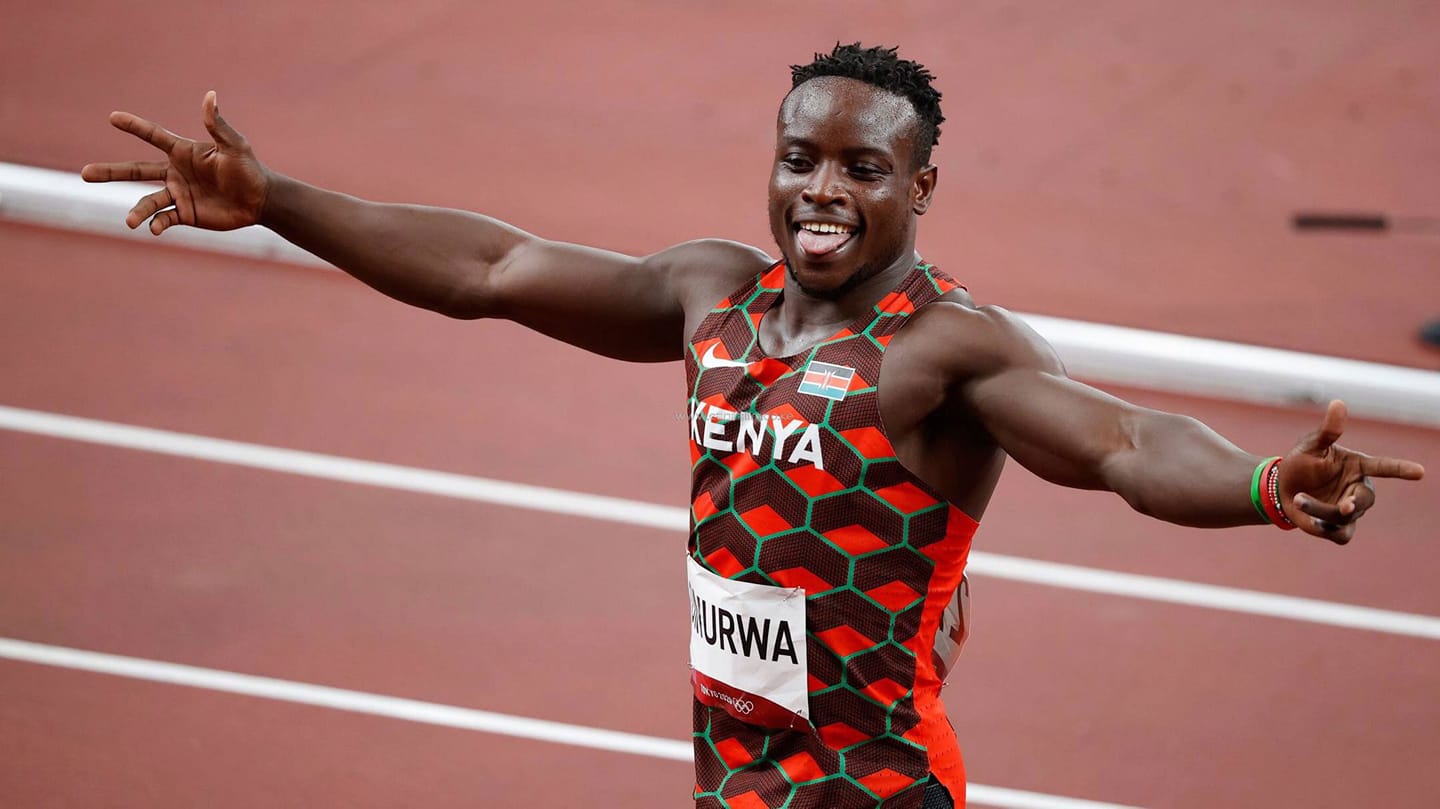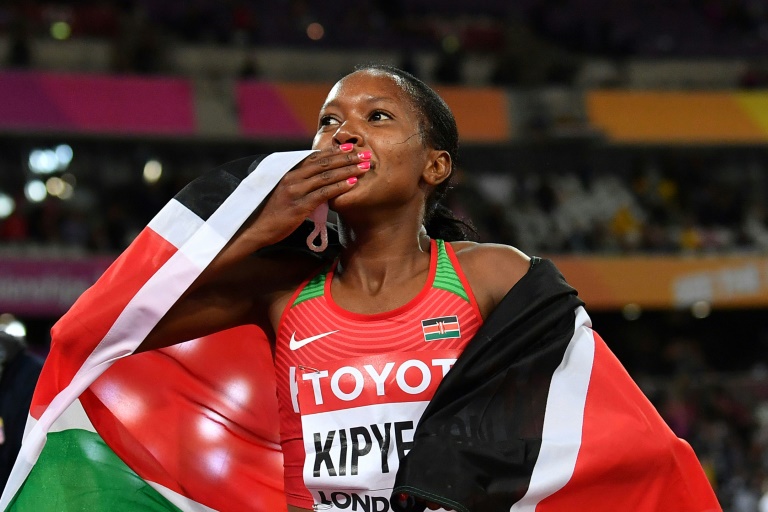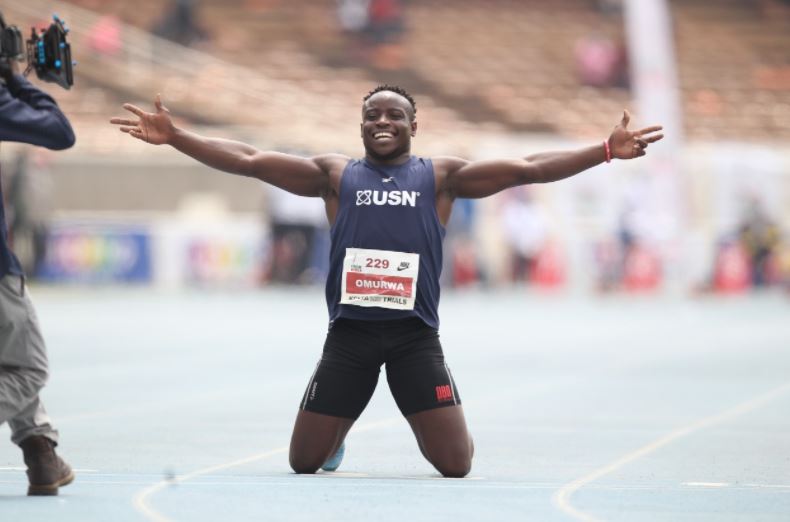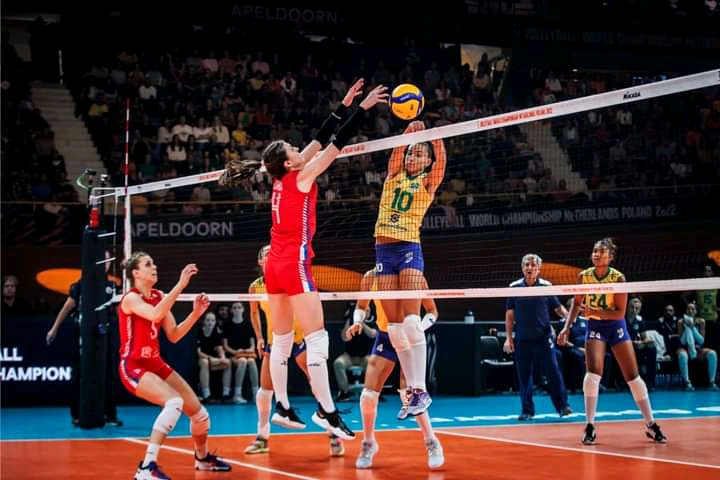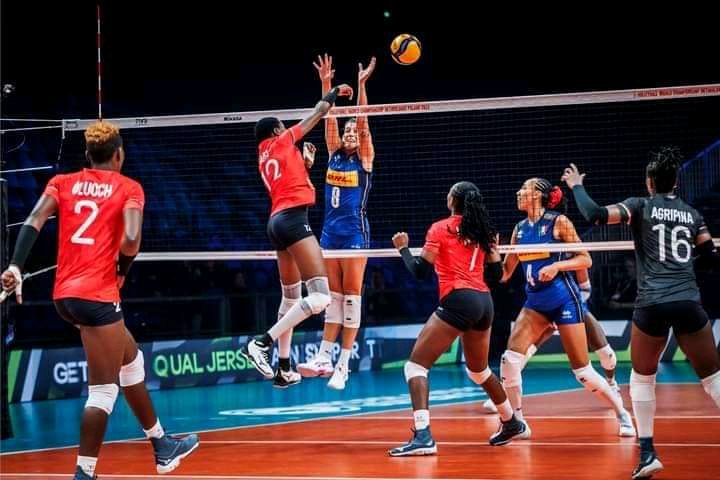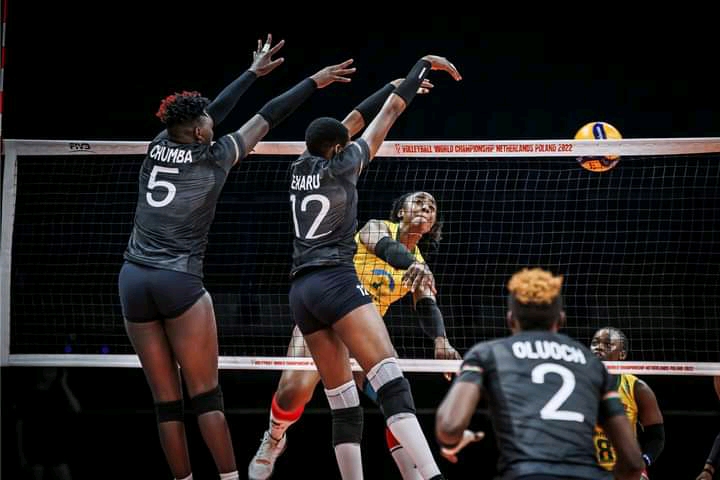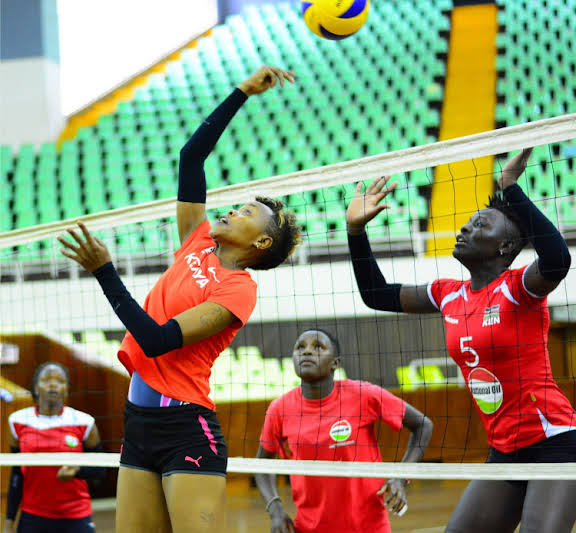If you were to pinpoint the moment when Joe Cole’s career reached its apex, you would have to return to a warm night in Cologne back in June of 2006.
It was a World Cup and England were playing Sweden in a match that would decide who would top Group B, with the Three Lions needing only a point to finish above their opponents.
However, the competition was not progressing well; the side had laboured to two wins over mediocre opposition, key players such as Wayne Rooney and David Beckham were clearly short of match fitness, and Michael Owen had seen his tournament ended with a sickening knee injury in the opening stages of the game against the Swedes.
Then, in the 34th minute, Cole took a ball down on his chest 30 yards from goal and sent a dipping volley over goalkeeper Andreas Isaksson into the top corner.
It was a strike that not only demonstrated outrageous technical ability, but also the imagination that made the former West Ham United trainee such a rarity in the British game.
Although England would limp on to the quarter-finals, Cole’s volley stands as the only moment of genuine quality that the team produced in Germany that summer.
It should have propelled him to international stardom, but instead he would play just 44 minutes of tournament football for his country again, with two substitute appearances amid the debacle of the 2010 World Cup.
Compared to the iconic Paul Gascoigne as a teenager, Cole was always comfortable with the ball at his feet and despite not possessing explosive pace, his acceleration, agility and speed of thought allowed him to elude defenders with ease.
It was almost difficult to believe that he was English; the array of flicks, step overs and rabonas bought to mind a Brazilian beach player rather than a lad born and raised in Greater London.

Cole made the West Ham first team before the turn of the millennium and was appointed captain by Glenn Roeder at the tender age of 21.
He was part of an exceptional group of players to come through the ranks in that period, including the likes of Rio Ferdinand, Frank Lampard and Jermain Defoe.
Unfortunately for the Hammers, keeping hold of those youngsters was proving difficult and some had already left by the time they were relegated from the Premier League in 2003.
Labelled by many as ‘too good to go down’, West Ham’s points tally of 42 that term still stands as the highest achieved by a team to drop out of the top division since the 38-game season was introduced in 1995.
Some stars, such as Michael Carrick, opted to stay with the club, but Cole was in demand and made a £6.6 million switch to Chelsea, becoming the sixth signing under the ownership of billionaire Roman Abramovich.
The playmaker proved a huge success at Stamford Bridge, winning the Premier League and FA Cup three times each and reaching the 2008 Champions League final.
Cole was, for the majority of his seven seasons with the Blues, a key member of the team, but saw his game time limited in his final few years by a combination of injuries and managerial changes.
He joined Liverpool on a free in 2010, but the move was to prove disastrous and he was loaned out to French outfit Lille a year later.
Reborn in France, Cole returned to the Reds in the summer of 2012 under the tenure of Brendan Rodgers but failed to regain his place in the side.
An emotional reunion with West Ham saw him produce glimpses of his best form, but again fitness issues restricted his involvement, and would do so during a short-lived spell at Aston Villa.
It was in Coventry, of all places, that Cole ‘got [his] love back for the game’, as he put it in an interview with the Daily Mail earlier this year.
The veteran joined the Sky Blues of League One in 2015 and although his performances were patchy, he managed to stay injury free for the entire campaign.
Now 35, Cole is enjoying a renaissance with the Tampa Bay Rowdies in the North American Soccer League, the second tier of the US pyramid.
But how did this prodigy of the English game end up spending his twilight years in the footballing anonymity of the Florida sunshine?
Injuries no doubt played their part in his early decline; the stresses and strains of a decade at the top level coming to a head in January 2009, when he ruptured his cruciate knee ligaments playing for Chelsea in an FA Cup tie against Southend.
Since then, Cole has been battling his body and has only recently found a regime that enables him to stay on the pitch and off the treatment table.
Well-documented fitness struggles aside, perhaps he was just ahead of his time in England, a man whose skill and eye for a pass would have been better suited to the more refined style of La Liga rather than the cut and thrust of the Premier League.
Cole came through the academy system at a time when 4-4-2 was the accepted norm for British clubs, long before the likes of David Silva, Juan Mata or Mesut Ozil arrived on these shores.
His debut season was a prime example, as Manchester United romped to the treble in 1998-99 playing high-tempo football based largely on use of the wingers and full-backs to get in behind the opposition’s backline.
In the United side, Paul Scholes and Roy Keane operated as deep-lying playmakers, with the former given license to arrive late in the penalty area and get on the end of crosses.
Conversely, Cole was a ‘number 10’ before the role came into mainstream adoption in England, best suited to getting between the lines of the opposition where he could unpick the defence with a clever pass or driving run.
At Chelsea, he was transformed into an industrious winger by Jose Mourinho, who played with a 4-3-3 formation that was weighted more towards structure and solidarity than attacking flair.
The Portuguese had huge success with this system and Cole’s application was such that he adapted well, but there will always be a sense that he was misused at club level.
The Londoner suffered the same problem with the national team, featuring mostly on the left side of midfield under Sven Goran Eriksson as he sought to fit Steven Gerrard, Frank Lampard, David Beckham, Wayne Rooney and Michael Owen into the starting XI.
It is a criticism often levelled at England managers that formation and tactics are discarded in favour of crowbarring the biggest names into the line-up, and it must be remedied before any talk of major tournament success can be seriously considered.
Perhaps if Cole were coming through the ranks today, he would find the game more appreciative of his unique gifts.
Pep Guardiola’s dominating Barcelona outfit of the late noughties bought tika-taka to the masses and attacking football is now valued above almost all else, arguably to the detriment of the overall standard of defending.
Gifted technicians in Cole’s mould are highly prized and teams are now built to accommodate them, rather than viewing them as something of a luxury.
And Dele Alli’s role just off the striker at Tottenham Hotspur shows where he could have slotted in had he played under a manager willing to fashion a side around him.
Maybe, though, it is best to appreciate the player that he was, rather than the one that he could have been.
Joe Cole was and is a footballer of rare ability who often had to sacrifice his natural flair for the good of the team.
He was the right player in the wrong era.
- Advertisement -
